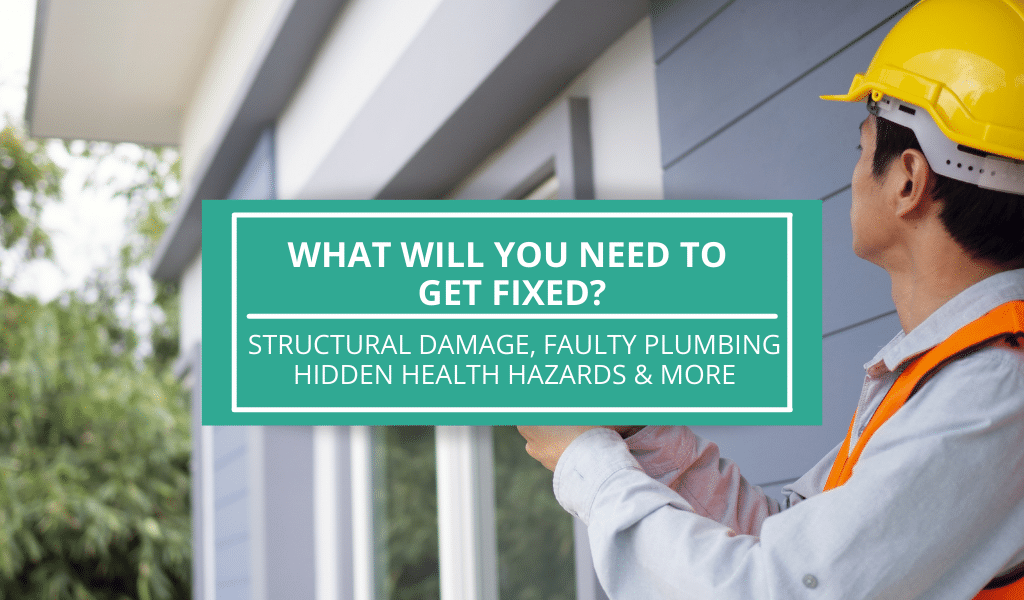A home inspection is one of the most important things you should do when buying a house, but it’s also one of the most overlooked. Here are some mandatory fixes that your inspector will point out. The key is to prioritize the most important ones and get them done first. If you don't know where to start, read this blog for some guidance!
Buying a home is exciting, but the inspection may also reveal some not-so-great surprises. Inspections can turn up all kinds of issues such as mold and chemical contamination to roof damage or plumbing problems. This means that buyers need to be prepared for potential repairs before they move in, otherwise you’ll have unwelcome complications right from day one!
Inspections often uncover hidden health hazards like mold or hazardous chemicals which could make your new place unsafe for living unless repaired first. Other common finds include structural flaws like faulty pipes, loose boards on decks, broken gutters, so buyers should ask their inspector if these types of things are covered.
1. Violations
If you just had your home inspected, the inspector is likely to have found some violations. After a home inspection, there are typically three courses of action:
Nothing needs to be done
Repairs need to be made
Mitigation needs to happen
For example, if an inspector finds that there's not enough insulation in the attic and it's below code standards then he or she may recommend mitigation which means adding more insulation.
Code enforcement and code inspections are both important, but they function in different ways. One of the most significant differences is that a building inspector has legal power to issue fines or declare uninhabitable houses when necessary while home inspectors investigate problems without these same powers.
2. Water Damage
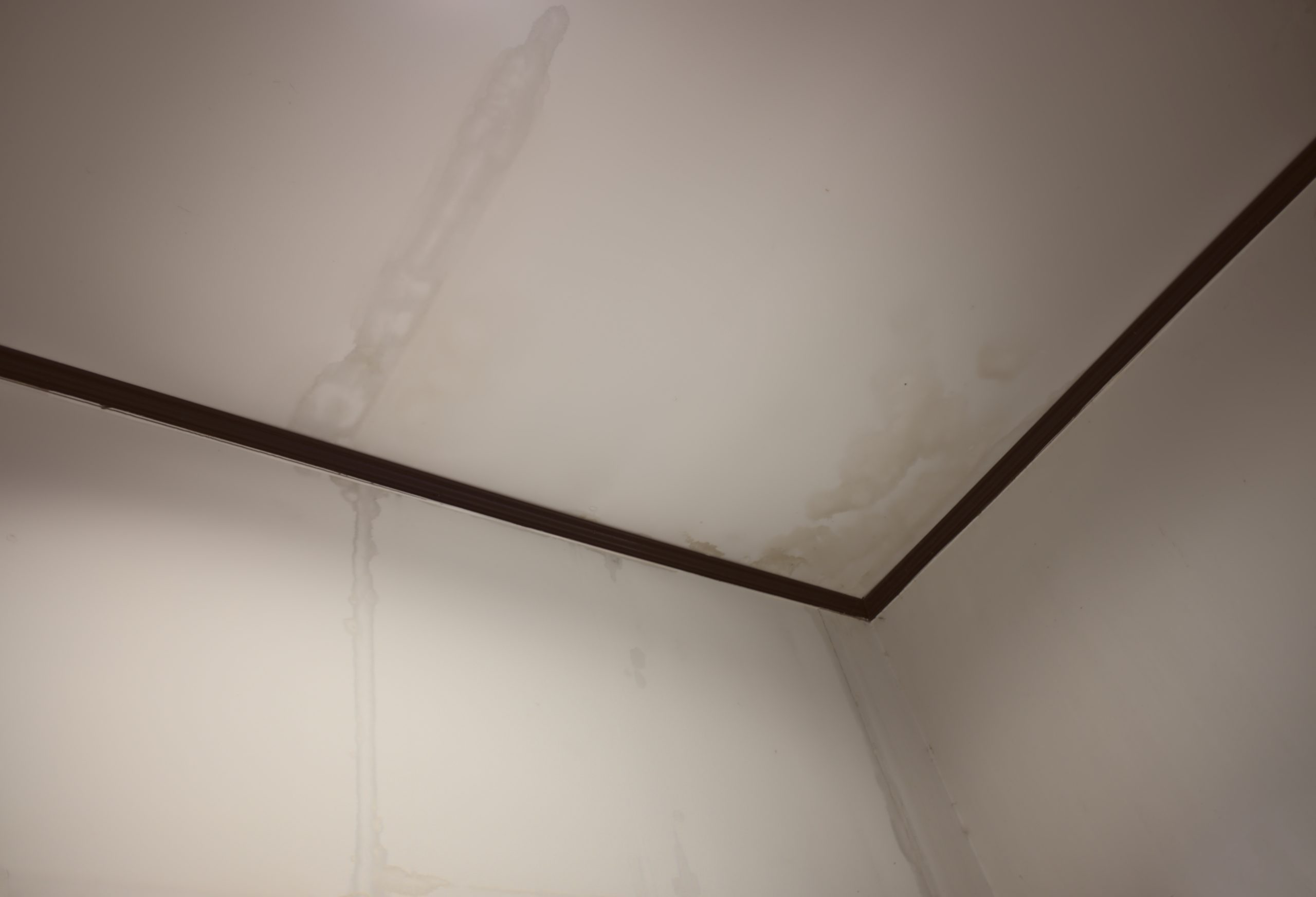
It’s time to check for water damage. A home inspector will tell you if there is a leak or seepage in the basement, but they may not be able to identify all of the places where water can get into your house. To make sure that nothing is lurking behind a wall or under a floorboard, go through these steps:
3. Electrical System
You’ll want to hire an electrician or contractor with a license and experience in the electrical field. This way they know what safety standards are needed for your home’s design and installation of all types of equipment up to code. It’s important to make sure that any outlets with overloading are fixed.
Electrical outlets get overloaded when there is too much power going through them and this can cause fires or other problems. When an outlet is overloaded, the circuit will trip off which means that the breaker in your house will automatically shut down the power from that one outlet. To fix an overload you need to reduce how much electricity is being used on a certain circuit by adding more circuits or upgrading your wiring so it can handle more voltage.
4. HVAC System
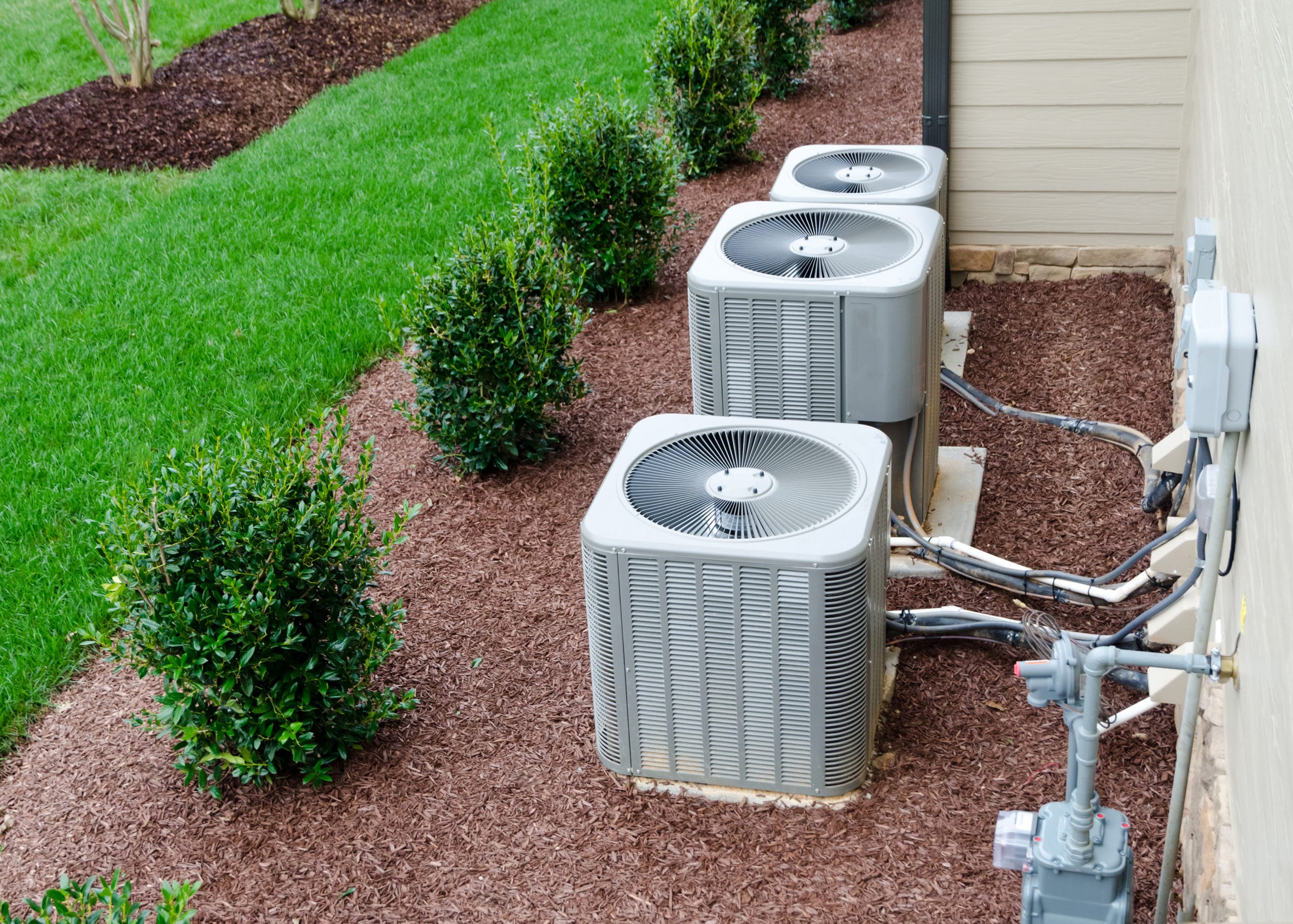
Your heating and air conditioning system is an integral component of your home, so it’s important to make sure it’s in working order. If the unit isn’t running correctly there are a number of things that could be wrong with the HVAC system.
The most common problems include dirty filters, too much or not enough refrigerant gas inside the coil, clogged coils due to dirt or debris building up on them, improper venting for outside air intake and exhaust, failed electrical connections leading to a loss of power. HVAC systems can be complicated and expensive to fix if it's not taken care of right away. It’s important to check this immediately after your inspection so you don’t end up with a huge bill in the future!
5. Hazards, Potential Fire And Structural Damage
The home inspection is complete. You now have a list of potential fire hazards and other things that need to be addressed. What do you do next? Here are some tips for what to do after the home inspection.
6. Faulty Plumbing
You may find that your plumbing is faulty. This can be frightening and overwhelming for many people without experience with this type of repair. Faulty plumbing can refer to any piping that has leaked or burst and needs repairs such as water main breaks, sewage line breaks, and gas leaks.
This is different from running a drain which drains water from sinks, showers, bathtubs, which is just called “drainage”. Cross connections are another plumbing issue you’ll want to be aware of. A cross connection occurs if there’s a city sewer pipe breaking lower than their filtration system which then causes some serious contamination issues with certain substances like dye or tar, although not all fluids may end up being diluted by these substances.
7. Infestations Of Insects Or Pests
Your inspector will check for infestations of insects or pests. If they find any, there are some steps that should be taken to fix the problem. The first step is to identify what kind of insect or pest is in the house. Once it has been identified then you can take appropriate action and start looking for an exterminator.
Sometimes people have more than one type of bug so it’s important to remove all traces of bugs before starting this process again because just killing one type won’t work when others might still be hiding out in your walls or attic space.
8. Foundation Issues
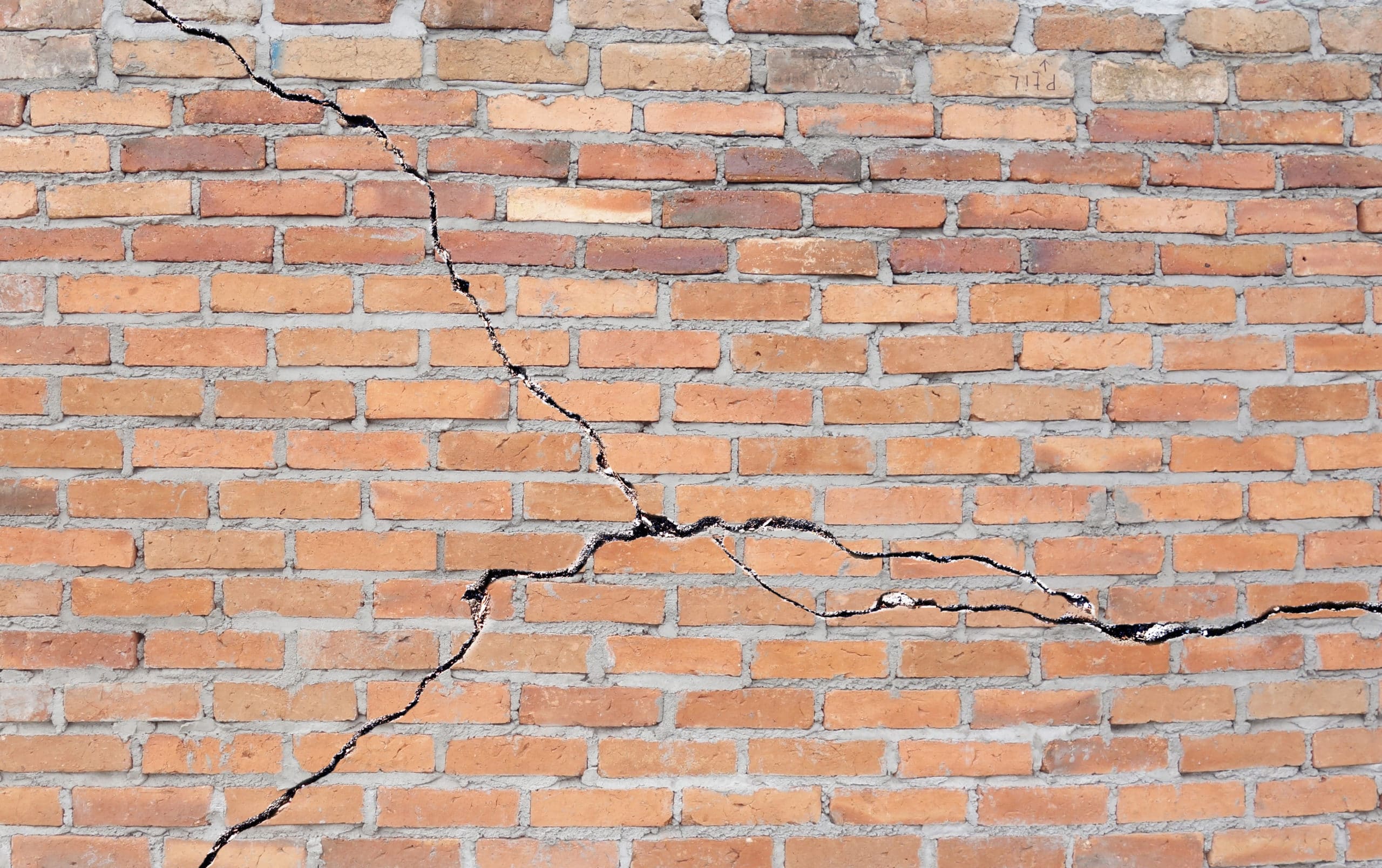
Foundation issues can be a major headache. They are often the cause of your home inspection report coming back with more red flags than green ones, and they can lead to expensive construction or engineering work if left unchecked. If you have cracks in your foundation, there's a chance that it is due to one of these problems: settlement, frost heave, slab shrinkage, or erosion.
The foundation of a home is integral to its structural stability. You can tell if your exterior walls are about to collapse, by looking for cracks. Fine, small cracks in the wall might be nothing more than an annoyance and no cause for concern. But large zig-zag patterns on the outside of a house could indicate that there’s something wrong with its foundation!
9. Chemical Contamination
Chemical contamination is a common problem that many people encounter after buying their first home. A potential owner might not know about the risks of chemical contamination until they have been living in their new home for some time and discover something wrong, such as lead based paint or asbestos.
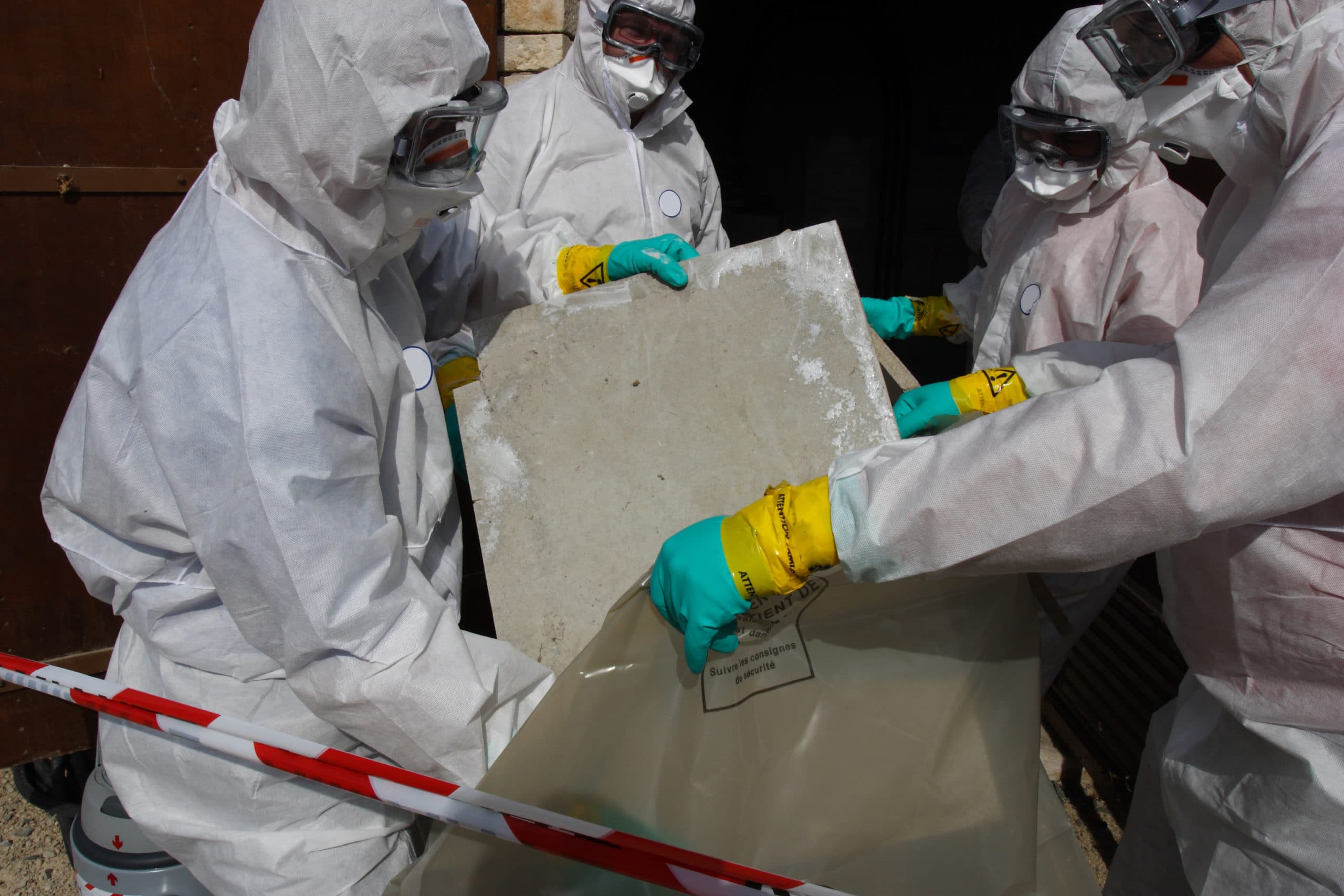
The most important thing to remember when fixing any type of contamination is safety precautions because there are always health risks involved with this issue. When dealing with chemical contaminants, it is best to hire a professional who has experience in these areas. They can help you avoid any possible dangers while still providing an effective solution for eliminating the problem.
Remodeling your home should be done safely. For example, if you are remodeling a house with lead in it, the county will require permits and professionals to take care of dangerous materials such as asbestos or mercury before continuing any work on renovating the structure.
10. Smoke And Carbon Monoxide Detectors
Families should test all smoke and carbon monoxide detectors after a home inspection. This is the best way to know if they are functioning correctly and to prevent false alarms. If you can't remember when it was last tested, follow these steps:
Step 1
Remove the detector from its mounting bracket.
Step 2
Push in on both of the buttons for 3 seconds or until they start flashing
Step 3
Wait 10 minutes before testing again to allow time for battery power to build up
Step 4
Press each button again one at a time, then release that button while pressing another button.
Step 5
Repeat this process with each of the remaining buttons. If any alarm sounds, replace it immediately.
Taking care of your smoke and carbon monoxide detectors is something you should be doing on a regular basis. First make sure they are both installed in every level of the house to provide optimal protection for all rooms. Vacuuming dust buildup out from between test periods will help keep the unit clean so that it can continue detecting any potentially harmful substances or gases when needed most!
If at any time one detector detects higher levels than normal, move away immediately as this could mean there’s an emergency happening nearby like fire or gas leak. Take note if anyone else living with you noticed anything unusual too.
11. Mold Or Mildew
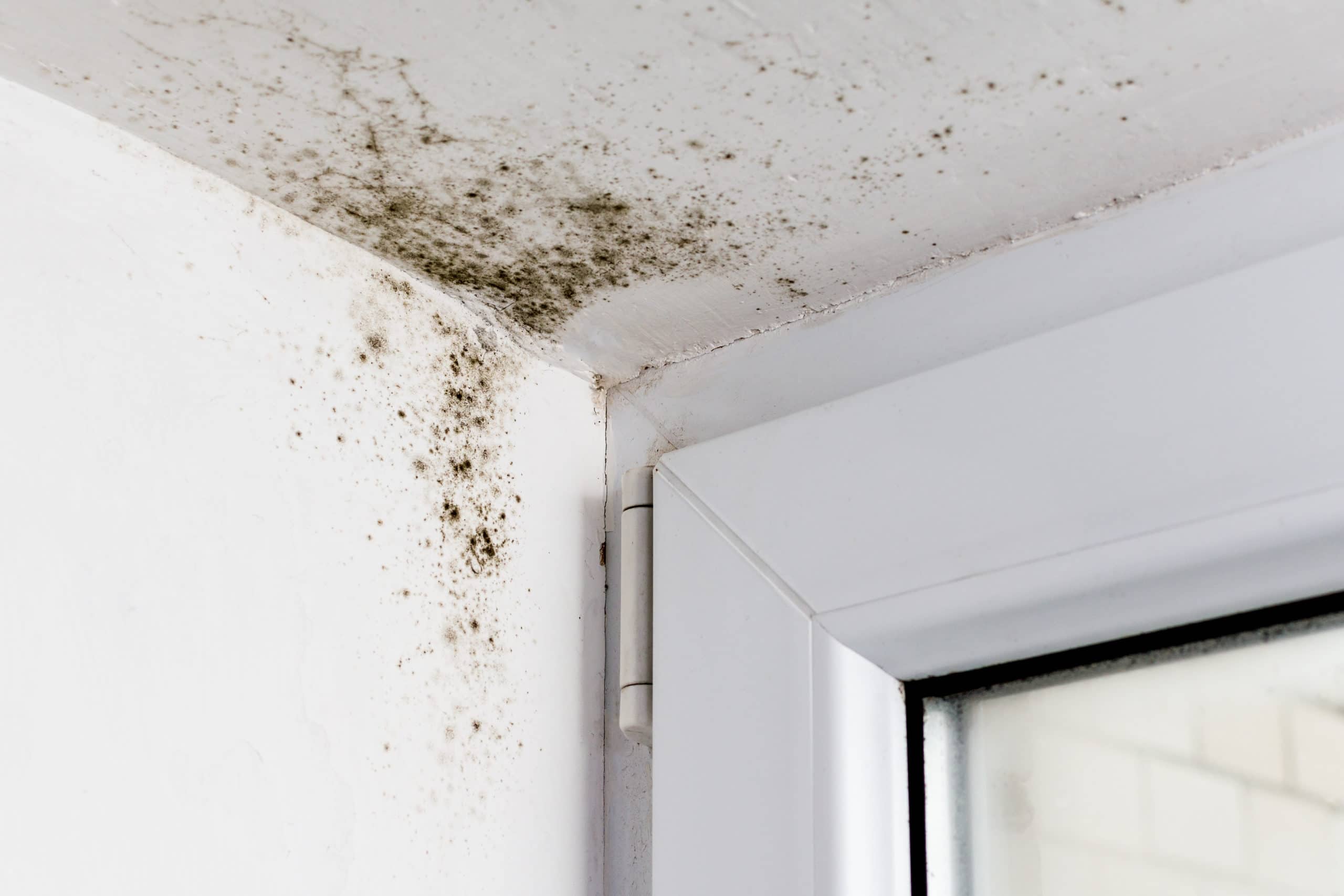
Mold can be found anywhere from your bathroom to your kitchen, and mildew prefers a colder environment like the basement or attic. The key thing you need to look for when inspecting your home is moisture: check the air conditioner filter, under sinks, around window sills, and all molding that has been wet recently.
If any of these areas have moisture-loving spores growing on them then they should be inspected immediately! Once you've identified whether or not there's a problem with mold or mildew growth in your home it's time for action.
12. Roof Leaks or Missing Shingles

Do you want to make sure your home's roof is in the best possible condition? Inspect it for any leaks or missing shingles. If you're not an expert at inspecting roofs, there are a number of things to look out for.
The first thing you should do is check for discoloration on the roof - if the roof has turned a dark color this could be indicative of mold and water damage. Check all over the surface of your roof with a flashlight, looking closely around vents and other features that might let water through.
You'll also want to inspect areas where there are wear patterns from tires or feet - these can indicate problems with ventilation as well as maintenance issues like worn-out shingles. Your house can tell a lot about what’s happening on its exterior: if there are rust spots or holes in flashing or cracks around vent pipes from where rain is getting in - all of these things signal that it might be time for an upgrade.
Final Thoughts
It’s important to know what your home inspector is looking for, and how you can fix any problems that arise. We recommend reading this article in full so that you're well-versed on the subject of mandatory fixes after a home inspection before it happens to you! Comment below with any questions or concerns about getting an inspection done on your current property. You may also comment if there are other topics related to inspections we should cover here on our blog!

